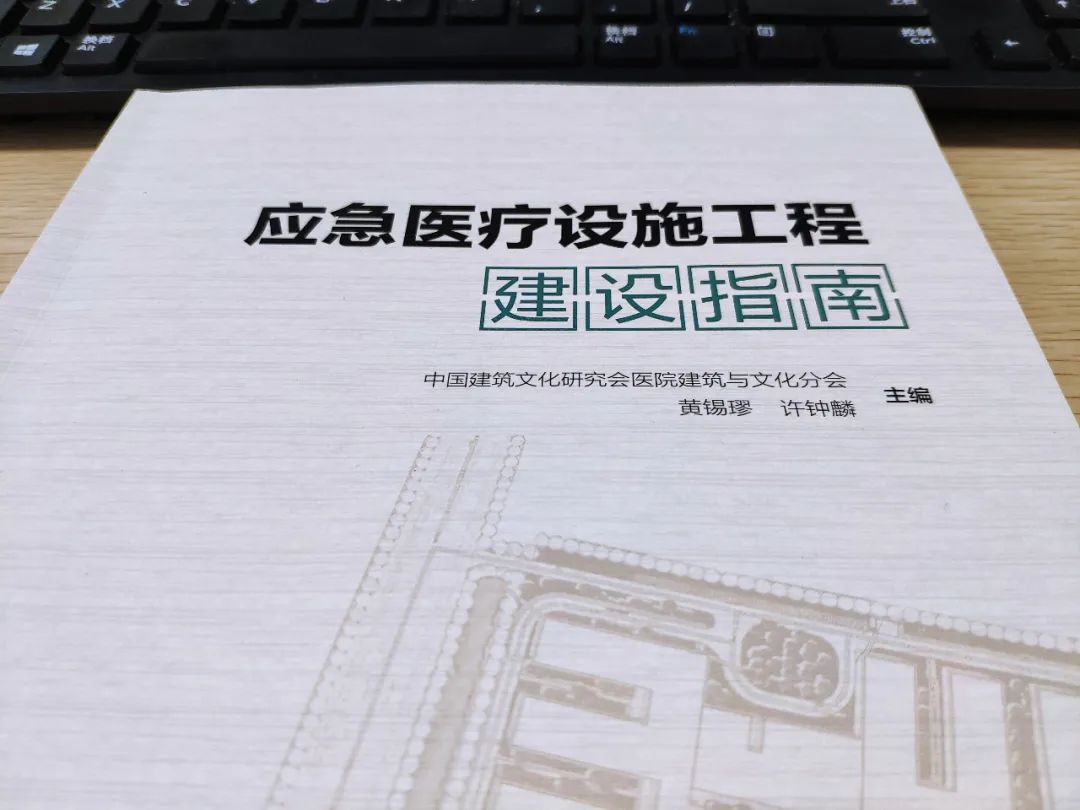According to the situation, the existing facilities in the original hospital area can be used in the living area of medical personnel.
The transmission flow line of samples to be tested shall be negative pressure ward → patient corridor → sample receiving → the process of the laboratory department.
The patient admission flow line shall follow the process of admission → reception hall → patient corridor → ward.
The floor, wall, ceiling and other interior decoration materials shall be flat, smooth, scrub resistant, clean resistant, corrosion resistant and free of dead corners.
Read to the end of the article to view the previous article, which introduced the preparation background of the guide for the construction of emergency medical facilities and the basic construction principles, site selection and overall planning of the construction of emergency medical facilities.
The transformation should also consider meeting the requirements of environmental control requirements for negative pressure isolation wards in hospitals (GB / t35428).
The side of the negative pressure isolation ward close to the patient corridor should be provided with fixed closed daylighting windows, and curtains should be installed as shading measures; A fixed closed observation window is set on the side close to the working corridor of medical personnel..
When the emergency treatment area is partially reconstructed in the existing building, it shall be set in the part of the building that is convenient for isolation and can be set with independent entrances and exits.

The joints shall be sealed and easy to clean and disinfect.
Sealing measures shall be taken at the place where the electromechanical pipeline crosses the room wall.
3.1.1.3 key points of streamline organization the medical streamline should strictly follow the health and safety level, strictly divide the traffic streamline between medical personnel and patients, set up special routes for clean logistics and pollution logistics, and all kinds of streamline are strictly prohibited to cross.
The transmission flow line of contaminated articles such as bedding, articles to be sterilized, medical waste and domestic waste shall be collected and stored by each department → pollution corridor → waste temporary storage room → waste temporary storage room in the hospital area.
This chapter will introduce the function setting, location planning, industrial process and building layout, health and safety requirements, electromechanical guarantee measures, etc.
3.1.1.2 basic zoning of buildings the emergency medical facilities discussed in this guide are for the treatment of hospitalized patients who have been diagnosed, and reception offices need to be set, but outpatient and emergency departments are not considered.
The guidelines for the construction of emergency medical facilities are applicable to new emergency medical facilities and emergency medical facilities reconstructed from existing buildings.
Between the clean area and the semi polluted area, there should be a sanitary passage area for medical staff, including changing shoes, undressing and wearing protective clothing; Between the semi polluted area and the polluted area, a secondary sanitary passage area for medical staff shall be set up, including wearing isolation clothes, goggles and gloves.
Patients and medical staff should set up independent vertical traffic and passageways respectively, and enter the ward area, work area and living area through corresponding corridors.
It is divided into clean area, semi polluted area and polluted area.
of the “reception and medical technology area” of the building part of the “special project” of emergency medical facilities.
Diagnosed patients can use two room negative pressure ward.
A double door electronic interlocking transfer window shall be used for the transfer of goods between the ward and the medical corridor.
3.1.1.4 key points of design in order to meet the requirements of completion and delivery within the limited construction period, the emergency medical facilities shall be preferentially modular, standardized and fabricated structures, and can adopt integral and modular structures.
For the emergency medical facilities reconstructed with existing buildings, it is necessary to fully evaluate whether the old buildings meet the conditions of medical facility process, building structure type, seismic grade, structural column network, etc., and whether the electromechanical system can meet the reconstruction requirements.
The functional layout is generally divided into reception area, medical technology area, ward area, RICU based intensive care area, logistics support area and medical staff living area.
The newly-built emergency medical facilities shall comprehensively and systematically complete the architectural design of medical area buildings, supporting Electromechanical, heating, medical gas and other spaces, as well as relevant logistics support, medical staff living and other areas.
The flow line of patients and staff should adopt the mode of entering and leaving the original road, so as to reduce the risk of cross infection and facilitate the control of different populations.
The area of the buffer room shall be reserved enough, and the size and direction of the door opening shall be considered to facilitate the passage of medical push bed and ordinary medical equipment.
The functional areas and connecting parts with special requirements such as room size, space and height can be assembled with standardized light sandwich plates.
The movable range of patients in ward area, examination and treatment area shall be strictly controlled.
The working flow line for medical personnel leaving the polluted area shall follow the process of negative pressure ward, medical technology inspection → buffer room → semi polluted area → buffer room (take off protective clothing) → cleaning area.
The working flow line of medical personnel entering the polluted area shall follow the process of cleaning area → buffer room (wearing protective clothing) → semi clean area → buffer room → negative pressure ward and medical technology inspection.
Critically ill patients or other patients who need separate treatment should adopt single negative pressure isolation ward.
The office and living rooms of medical staff shall be set in the clean area; The nursing station, treatment, disposal, patient meal preparation and other rooms shall be set in the semi clean area; Ward, dirt room and decontamination room shall be set in the polluted area, which is also equipped with ward nurse station, treatment room and mobile equipment warehouse.
Special note: enter the emergency medical facilities in the official account dialog box or directly add the customer service WeChat below to consult the “guide for the construction of emergency medical facilities”.
Click on the picture to view the details of the hot search content of the public account.
The installation position and wiring of electromechanical professional facilities and equipment shall coordinate with the building function and structural layout to meet the requirements of rapid installation and medical use.
The plane layout shall be carried out in strict accordance with the process of infectious disease hospital.
Patients should follow the process of ward → patient corridor → discharge handling → leaving the hospital.
special projects – buildings 3.1.1 overview of buildings 3.1.1 basic contents this guide is applicable to new emergency medical facilities and emergency medical facilities reconstructed from existing buildings.
The transmission line of clean articles such as drugs and meals shall follow the process of clean area → transfer window → semi polluted area → transfer window → negative pressure ward.
Recommended reading – how to improve and improve the construction level of emergency medical facilities and optimize the plan? III.



